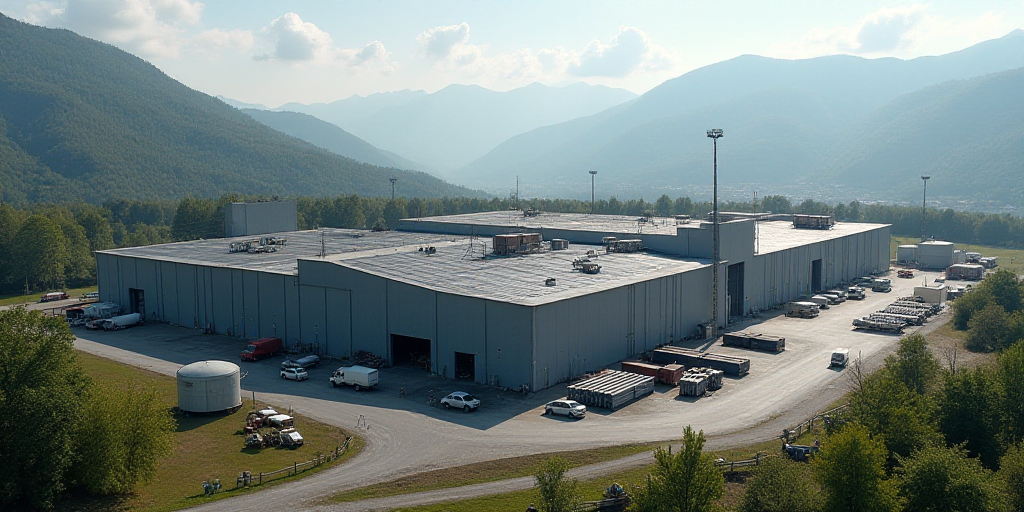Introduction
During the first half of 2025, foreign capital in Mexico has shown a double-digit growth, aligning with the recovery of some macroeconomic indicators in the country. However, this national dynamism was not mirrored across most federal entities, resulting in an uneven increase.
IDE Figures and Growth
According to the Secretariat of Economy, the Direct Foreign Investment (IDE) in Mexico reached 34,265 million dollars from January to June of the current year. This amount represents a 10.2% increase compared to the 31,096 million dollars captured during the first half of 2024.
Banco BASE explains, “During the first six months of 2025, 34,265 million dollars of IDE entered Mexico, reaching a new historical maximum for the first half of the year and showing a growth of 10.19% compared to the same period in 2024, based on preliminary figures. When comparing with revised series of the first six months of 2024, IDE shows a growth of 2.51%, the lowest growth since 2021.”
IDE Distribution by State
Of the total IDE received, the City of Mexico was the main investment destination, accounting for 56.4%. However, it’s important to note that the City of Mexico is used as a fiscal domicile, with the actual production located in another state.
This implies that over half of the foreign capital concentrated in Mexico’s largest economy, with the remaining 31 states receiving only 43.6% of the total IDE.
- City of Mexico: 56.4%
- Nuevo León: 8.8%
- Estado de México: 6.6%
- Baja California: 4.6%
- Querétaro: 2.8%
- Chihuahua: 2.7%
On the other hand, Oaxaca (-14.1 million dollars), Durango (-58.6 million dollars), and Tabasco (-69.2 million dollars) displayed negative IDE flows, indicating capital outflow from their respective states.
Positive Variations in IDE
Only 13 entities showed positive variations during the first half of the previous year. Coahuila led with an annual growth rate of 115.6%, indicating increased investor confidence.
- Zacatecas: 85.0%
- Sonora: 54.3%
- Baja California Sur: 54.1%
- Tlaxcala: 52.0%
- City of Mexico: 36.1%
- Tamaulipas: 33.8%
Among the top five IDE-receiving entities (City of Mexico, Nuevo León, Estado de México, Baja California, and Querétaro), only Baja California experienced a yearly contraction of 12.9%.
Notable Declines in IDE
The most significant drops occurred in Campeche (-90.8%), Puebla (-88.5%), Sinaloa (-86.9%), San Luis Potosí (-79.0%), and Veracruz (-73.8%). Other annual decreases were observed in Chiapas, Hidalgo, Yucatán, Guanajuato, Nayarit, Morelos, Michoacán, Chihuahua, Baja California, Guerrero, and Quintana Roo.






